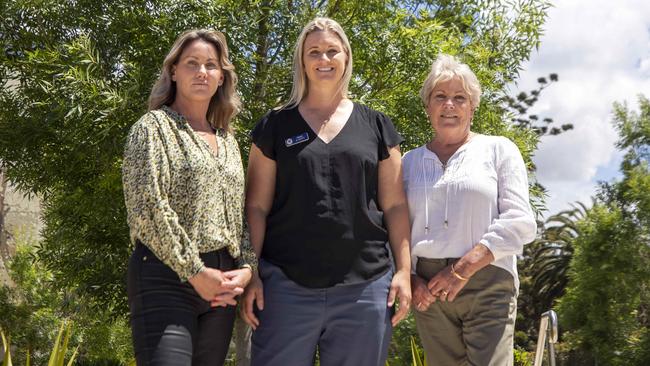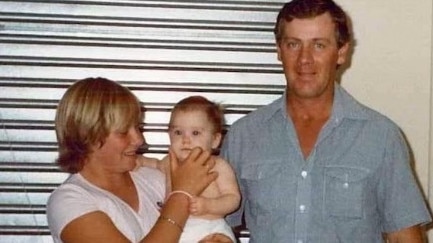Coroner slams ‘systemic’ NSW police failings in missing persons cases
NSW Police failed to properly identify four missing persons and did not take basic steps to try to solve the mystery of their disappearances, a coronial inquest has found.

NSW Police failed to properly identify four missing persons and did not take basic steps to try to solve the mystery of their disappearances, a coronial inquest has found.
The inquest into four historical missing persons cases in NSW – spanning from the late 1980s to the late 2000s – on Tuesday uncovered “significant and systemic deficiencies” involving police investigations into the disappearances over three decades.
The findings handed down at the NSW Coroners Court on Tuesday heard an investigation into the 1987 disappearance of Ursula Barwick was “inadequate and ineffective” after she was wrongly identified in a fatal car accident – leaving her family without answers for 27 years.
In a 94-page report, deputy state coroner Derek Lee said police failed to gather critical evidence such as a photograph of the 17-year-old, and that she was treated as “just another runaway”, with police showing very little interest in her disappearance.
Barwick had in fact died in a car crash just weeks after being reported missing. It was only when two new detectives were assigned the case in July 2014 that any form of proper investigation began.
Her stepmother Elizabeth Barwick told The Australian they would be the first police to interview her family and friends. The police also obtained historical records and reviewed the previous investigation.
“We wish we had them 31 years ago. If they’d had done what these guys did back then we would have known straight away, but they didn’t,” Ms Barwick said. “Our hearts sank; the hope we held for 27 years was gone.”
Ursula’s sister Kate, who was five years old at the time she went missing, said the findings had brought the family “relief”.

Mr Lee made five recommendations, including for police to review the missing persons standard operating procedures yearly, ongoing training be provided to all missing persons co-ordinators, and key performance indicators on such cases to be reviewed.
New standard operating procedures for missing persons were implemented by NSW Police, and a new Missing Persons Registry was established in July 2019, which the deputy coroner stated had addressed many of the shortcomings identified in the inquest.
The court also heard an investigation into Lionel Daveson, who disappeared from Sydney’s eastern suburbs in 2007, was closed after police mistakenly believed he was located in Queensland.
Police failed to notify relatives, and his sister learnt the investigation had come to an end nine years after his case was closed.
“Lionel’s family had operated under the mistaken assumption that the missing person investigation regarding Lionel was still active,” Mr Lee said.
In March 2019, police came to the conclusion that he had inflicted his own death in 2007.
Mr Lee said there was an absence of ownership of the investigations between Local Area Commands and the then Missing Persons Unit, which resulted in a lack of direction in advancing the investigations.
The cases of Gary Jones and Christof Meier, who disappeared in 1990 and 2002, were also examined in the inquest. They both shared similar “concerning features” whereby their cases remained unsolved for years.



